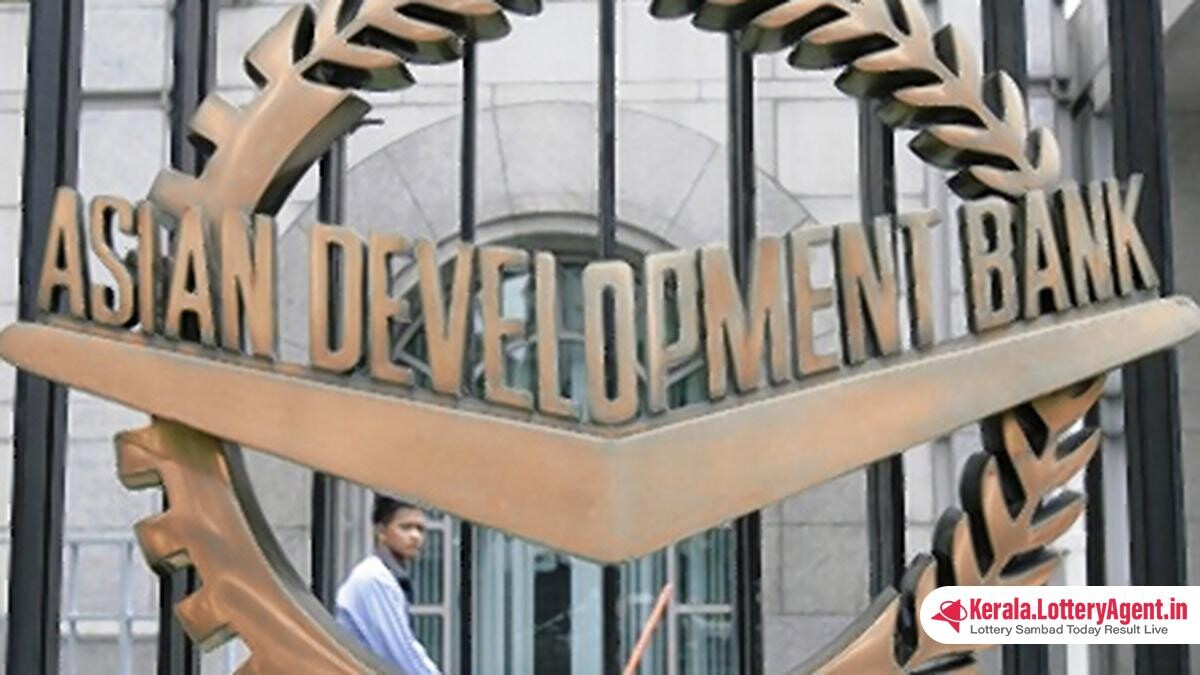
India’s economic landscape is showing promising signs of resilience and potential, with expectations of sustained vitality over the coming years despite predicted fluctuations. The Asian Development Bank (ADB), a prominent observer of economic progress within the region, has provided insightful projections in its recent Asia Development Outlook report. The forecasts, released on April 11, suggest that India’s Gross Domestic Product (GDP) will experience a slight deceleration – from the 7.6% growth of the previous fiscal year to 7% in the ongoing year. This minor slowing trend is set to reverse with an anticipated rebound to 7.2% growth by the 2025-26 fiscal year.
A crucial aspect of the bank’s predictions revolves around India’s retail inflation, which is on a downward trajectory, with expected figures of 4.6% for the current year, diminishing slightly to 4.5% by 2025-26. The report also forecasts a cooling in the country’s ‘persistent’ food inflation, which is anticipated to fall to 5.7% this year as agricultural output aligns itself back to long-term trends.
The volatile monsoon season – essential for the agrarian sector – is set to normalize this year. This expected improvement in weather patterns is key to rejuvenating rural consumption, which had taken a hit due to erratic rainfall. Last year’s muted demand for rural work fueled by the Mahatma Gandhi National Rural Employment Guarantee Act hinted at the underlying economic pressures. A revitalized monsoon brings hope for distressed rural economies across the subcontinent.
ADB’s macroeconomic research division director, Abdul Abiad, noted, “In India, growth is forecast to remain strong as rising consumption complements continued investment growth.” The subcontinent, with India contributing a staggering 80% to its GDP, remains the fastest-growing territory as domestic demand rebounds and price moderation becomes more widespread.
Industrial and urban sectors are likely to witness an increase in consumer spending driven by higher incomes and restored consumer confidence. While urban demand strengthens amidst falling inflation and improving job markets, a caveat rests on the nation’s external accounts. A surge in imports, satisfying the rejuvenated domestic consumption, could marginally widen the Current Account Deficit to about 1.7% of GDP in the current and ensuing year.
Investment, both public and private, is slated to be the engine behind India’s growth, complemented by a gradual increase in consumer demand buoyed by improvements in the rural economy. Notably, exports are expected to enter a phase of muted performance this year, correlating with a slowdown in major advanced economies. A recovery in exports is anticipated for the year 2025-26, providing a further boost to the Indian economy.
The inflow of foreign direct investment is predicted to encounter initial sluggishness due to tightened global financial conditions. Nonetheless, there is an optimistic outlook for 2025-26 with a surge in the industry and infrastructure investment domains.
ADB’s report emphasizes the critical nature of stability within prices and financial markets, considering them pivotal for maintaining consumer and business confidence. While the projections are generally positive, they are not without potential risks. Global shocks such as escalating crude oil and energy prices could instigate higher worldwide inflation and induce stricter financial conditions. Domestically, the unpredictability of agricultural performance owing to climatic disruptions poses a risk to demand and inflation.
Conversely, potential upside risks also exist. A swifter-than-anticipated inflow of foreign direct investment, particularly directed towards manufacturing, could enhance both output and productivity. Furthermore, a global economic uptick surpassing current expectations could invigorate exports and fuel growth.
In conclusion, India stands at a crossroads of challenges and opportunities with an economic framework robust enough to withstand perturbations and poised to embrace growth. Acknowledging the inherent threats to economic steadiness, the ADB remains cautiously optimistic about India’s capability to navigate through the complicated global economic landscape of the coming years.












